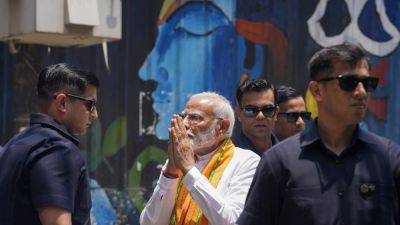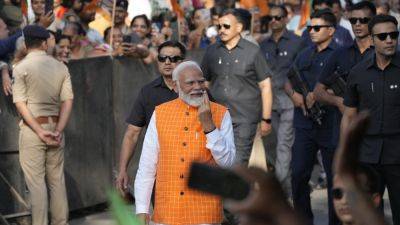Explainer: What you need to know about India's general elections
India's general elections, which kicked off on Friday, will see nearly 1 billion voters deciding whether incumbent Prime Minister Narendra Modi from the Bharatiya Janata Party (BJP) can secure a third term in office.
He is facing a challenge from an alliance of around two dozen opposition parties, namely the Indian National Developmental Inclusive Alliance (INDIA), led by the main opposition, the Indian National Congress, which has deep roots in most regions of the South Asian country.
The election
The Indian parliament consists of two houses, namely the Lok Sabha, or House of the People, and the Rajya Sabha, or Council of States.
In the coming elections, voters cast ballots for 543 seats in the Lok Sabha. Elections for the Lok Sabha take place every five years under a first-past-the-post system, where voters cast a vote for a single candidate, and the candidate with the most votes wins the election. The party or coalition winning the majority of seats will form a government.
Officials said more than 960 million citizens are eligible to vote at over 1 million polling stations across the world's most populous country. Approximately 15 million polling officials and security staff will be deployed.
The elections will last until June 1, spanning seven phases, with the results announced on June 4.
The expenditure associated with the elections is substantial. According to the Delhi-based Center for Media Studies, the 2019 general elections cost $8.6 billion, and this year's cost is estimated to surpass 1.2 trillion rupees ($14.4 billion).
Main issues
Modi assumed office as prime minister in 2014 and was re-elected in 2019, where the BJP won by a huge margin, securing 282 and 303 seats, respectively. The BJP and its allies aim to win







